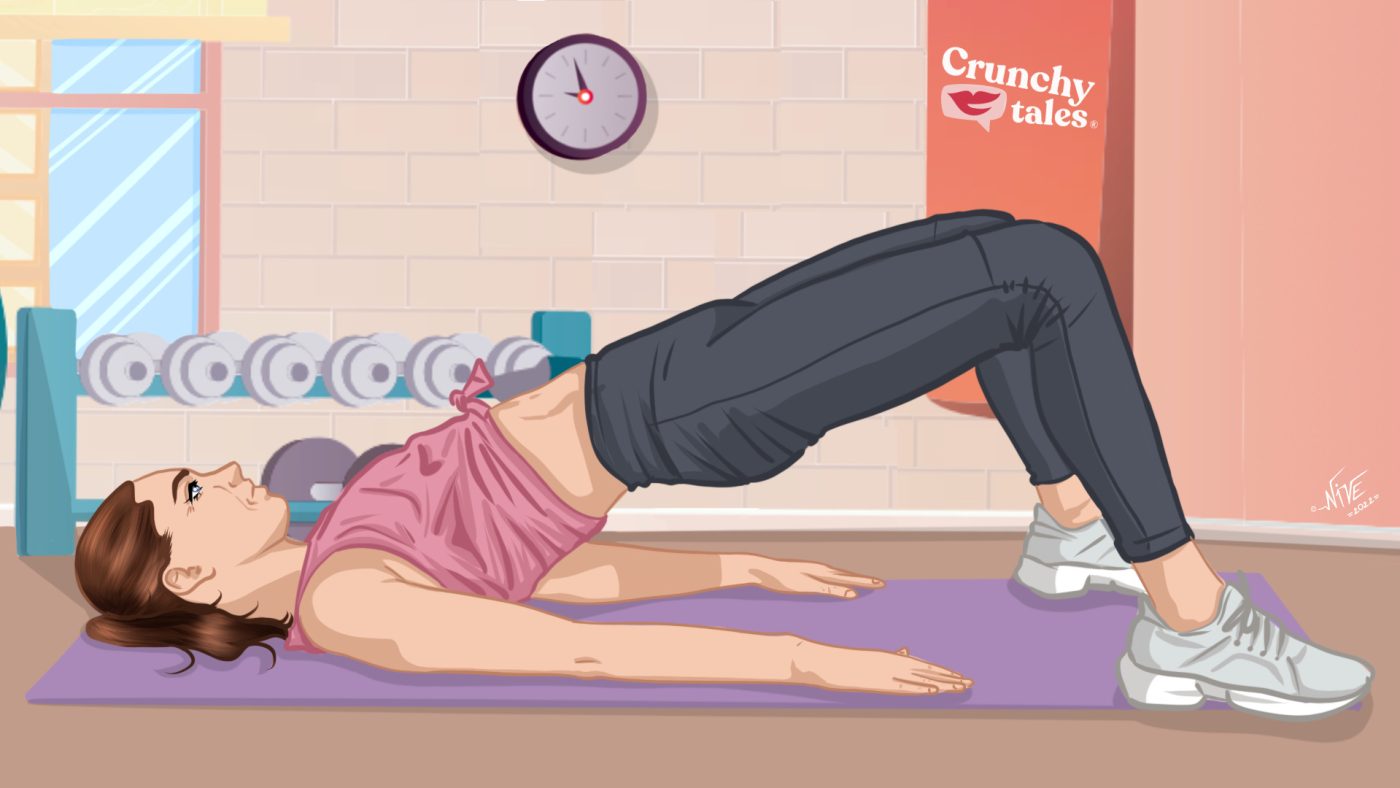How To Age-Proof Your Pelvic Floor In Your 50s
Ageing is one of the only things we can be certain about in our lives. Whether you happily put up with the idea of growing older or not, sooner or later you have to consider, amongst fine lines, grey hair and sagging skin, many other invisible changes your body undergoes in midlife.
One of these changes is to your pelvic floor – the muscular hammock that holds your pelvic organs in place – which without training weakens as you age. And over time, this can impact your sexual sensation, cause bladder incontinence and lead to painful prolapse.
The good news? By incorporating specific exercises and healthy habits you can age-proof your pelvic floor.
Here are some top tips from Stephanie Taylor, founder of intimate health company Kegel8, to enable midlife women to take charge of their pelvic health.
Don’t sit down for too long
Sitting down is unavoidable, especially if you have a desk job. But the longer you sit during the day, the more pressure you exert on the “hammock,” causing damage, especially if you have bad posture.
The way you hold your body when you sit engages and relaxes different muscles. If you sit with good posture, your core and pelvic floor muscles are strengthened. If you sit with bad posture, hunching over or leaning forward, this tilts your pelvis forward and puts too much pressure on your pelvic floor muscles.
When you sit, think of a string being pulled upwards from your coccyx at the base of your spine to the top of your head, while lightly engaging your core and back. Over time, maintaining this position will become easier until it is automatic.
Avoid these bladder-stimulating foods
Your food and drink choices could leave you with an overactive bladder, which weakens the pelvic floor muscles over time.
Try to avoid caffeinated drinks like tea, coffee and certain fizzy drinks. Caffeine irritates the tissues of the bladder and can increase your risk of “leaks”. The same goes for alcohol, which is a diuretic causing you to pass urine more frequently, putting the bladder under pressure.
Artificial sugars and sweeteners, found in low-calorie drinks, cakes and other treats, together with spicy food, highly acidic fruit and vegetables and salt, can also cause urge incontinence in some people.
To age-proof your pelvic floor, also don’t forget to drink plenty of water every day, eat high-fibre foods, minimise your alcohol intake and increase your consumption of Omega-3 Fatty Acids.
Do the right kind of exercises
Reaching the 10,000 daily steps target is a low-impact way of maintaining strong muscles, bones and pelvic floor. Yoga and swimming may be great additions to your weekly routine.
There are also specific exercises you can do to strengthen your pelvic floor, called Kegels. You can do them while you’re brushing your teeth, driving to work, eating dinner, or watching TV.
For manual exercises, sit, stand, or lie with your knees slightly apart. Squeeze and lift your pelvic floor muscles as strongly and as quickly as possible. Do not try to hold on to the contraction, just squeeze and let go. Rest for a few seconds, then repeat this 10 to 20 times or until you feel your pelvic floor muscles fatigue.
To get a stronger pelvic floor workout, you can also invest in an electronic pelvic toner. These use Neuromuscular Electrical Stimulation (NMES) to stimulate and strengthen your muscles in the right way, every time.
Quit nicotine
While the harms of smoking are well known, many aren’t aware that nicotine can cause stress and urge incontinence.
A theory is that nicotine, which passes through your kidneys and collects in the urine, can damage the cells of your bladder wall. The more damage to the bladder, the more difficult it is to control your bladder and prevent incontinence.
Nicotine can also irritate the bladder, giving you the urge to urinate frequently, even when your bladder isn’t full. This is bad news for your pelvic floor.
Take these supplements
In midlife, your body may be deficient in a lot of vitamins and proteins – and this only worsens with age.
As women hit the menopause, collagen levels plummet rapidly. Collagen is essential for pelvic floor muscle strength and elasticity, therefore it’s important to introduce a supplement into your diet.
You can also give your pelvic floor a head-start by taking Vitamin D, especially during autumn and winter. Without enough of it, muscle mass and strength are depleted which can lead to a pelvic organ prolapse.
Magnesium is another great supplement as it reduces constipation. Constipation is detrimental to the pelvic floor due to the constant straining to have a bowel movement.
Of course, nothing can replace the benefits of having a balanced diet loaded with fruit, vegetables, whole grains, and fat-free or low-fat milk and milk products, along with legumes.
If you’re generally healthy and just looking for ways to maintain your pelvic floor muscles, adding these adjustments into your routine is a good place to start looking after your intimate well-being.
Like this post? Support Us or Sign up to our newsletter to get more articles like this delivered straight to your inbox!





